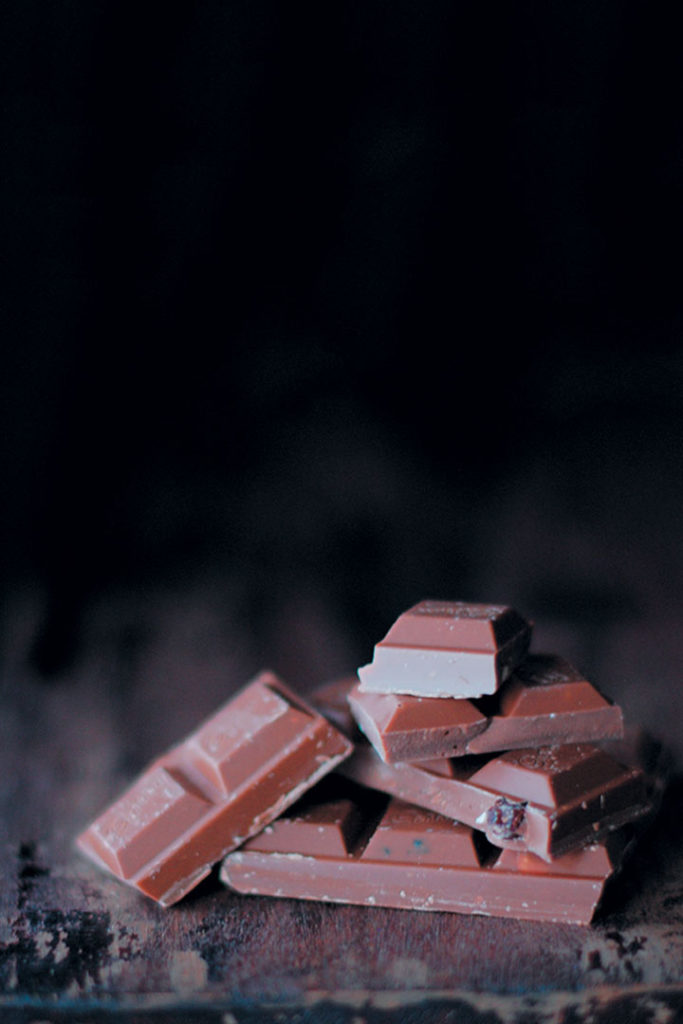It’s considered to be the world’s most seductive confection. Some say it’s better than sex. Most people can’t get enough of it. In recent times, as a backlash to its mass production and the exploitation inherent in its manufacture, interest in fine-quality and single-estate pure chocolate beans from small chocolatiers has surged.
The return to pure chocolate is bringing rewards to chocolate-makers the world over
Throughout history, cacao and later chocolate have been revered – from cocoa’s origins in Mesoamerica as currency, a commodity and as a ceremonial drink, spiked with honey, chilli and flowers, to the modern-day associations of chocolate as an aphrodisiac. Chocolate-making is believed to have originated in Mexico. Traces of theobromine and caffeine, active constituents of chocolate, have been found on fragments of drinking vessels dating back to 1900 BC, in Chiapas, Mexico. Cocoa was so central to the Mayan way of life that identification of the inscription ‘kakaw’ on funereal burial pots was a breakthrough in the deciphering of their phonetic writing.
The Conquistadors are credited with bringing chocolate to the European court
It wasn’t imported officially until 1585, but British chocolatier Willie Harcourt-Cooze says by the first half of the 17th century, cocoa had become wildly popular at the Spanish court, where it was enjoyed hot, spicy and sweet. Over the years, its popularity grew from an exotic spice with medicinal powers to a flavouring in food. Once reserved for the upper and warrior classes in Mesoamerica, developments in chocolate manufacturing saw quality levels dropping as its mainstream appeal grew. By the 18th century, cocoa was being eaten in both sweet and savoury foods. The Dutch chemist and chocolate-maker Coenraad Van Houten developed the screw press in 1828, which removed two-thirds of the cocoa butter from the chocolate paste, leaving cocoa residue. He also developed a process called ‘Dutching’, treating cocoa with potassium carbonate, which rendered a darker colour and a milder flavour, hence an inferior product.
More valuable contributions came from the Swiss in the 1870s
Rodolphe Lindt increased the amount of cocoa butter in his chocolate and developed the conching process, while Peter Daniel made the first milk chocolate. As a result, the Swiss became dominant in the market. Harcourt-Cooze believes that chocolate-lovers from 250 years ago would not recognise modern-day chocolate, which is now more a mixture of sugar, milk and vegetable fat – in the 18th century, chocolate was known and advertised by its port of origin. “History may look back on our time now as the beginning of re-emergence of this demand for provenance. Single origin beans and estates are increasingly sought after by those who appreciate chocolate in all its different forms.” But consumption is evolving.
As chocoholics become educated about it, they are voting with their wallets and buying chocolate that’s produced ethically and more purely. It means labels are given more attention, because a sugary bar of chocolate cannot compete in terms of taste and ‘feel-good’ factor in the same way as one that is single-origin, Fairtrade-produced. Whether it’s imported or locally produced, consumers are prepared to experiment as chocolate production remains one of the world’s most exploitative industries. This desire to return to ancient techniques promoting ‘pure’ chocolate and rebelling against the synthetic commodity has seen more emphasis placed on the bean-to-bar process.
Ultimately, the aim is not simply ‘guilt-free’ chocolate but also a superior product, with the focus on natural flavours that complement the cocoa bean, rather than artificial flavours, colourings or fats.
SOURCES
Dylan Swart

